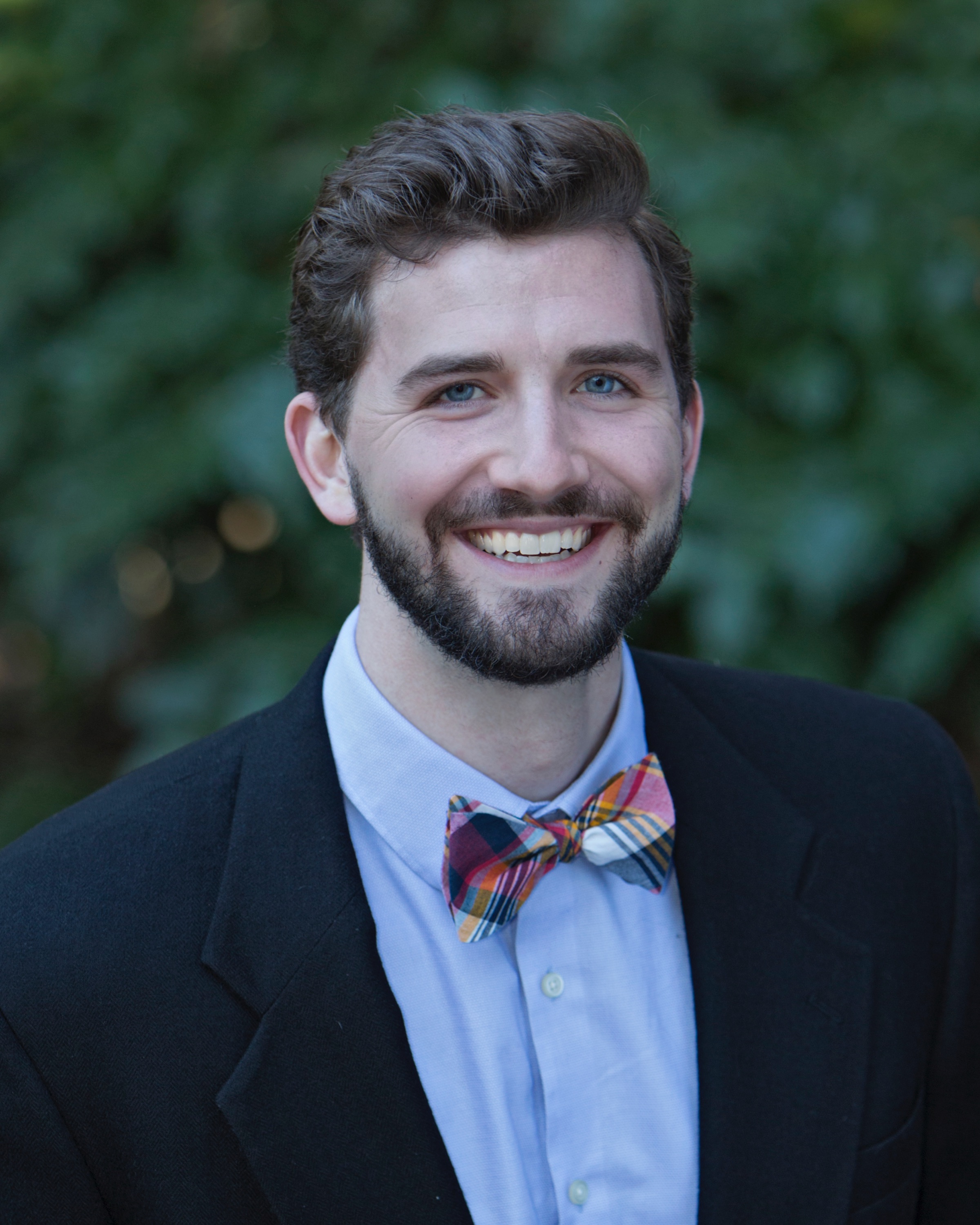Welcome to our special section, Thrive on Campus, devoted to covering the urgent issue of mental health among college and university students from all angles. If you are a college student, we invite you to apply to be an Editor-at-Large, or to simply contribute (please tag your pieces ThriveOnCampus). We welcome faculty, clinicians, and graduates to contribute as well. Read more here.
In the Fall of 2015, administrators for the Seattle Public Schools (SPS) voted to delay the start times for their high and middle schools from 7:50 a.m. to 8:45 a.m. The move would require an investment of time and money by the district to shift bus schedules, resolve practice field conflicts with the city, and reorder the school day to fit the new times. Some parents would have to change their transportation schedules to get their kids to or from school on time, while families who relied on sibling care now needed alternatives so that their younger children were not home alone in the afternoon. Given the impact to the everyday lives of many Seattleites, why would the school district make such a decision? It turns out the answer lays in a tiny bundle of cells in the teenage brain.
Every human on the planet has an internal timekeeper, or circadian clock, that helps our bodies stay in sync with the natural environment. In humans, our circadian clock is found in the suprachiasmatic nucleus (SCN), a bundle of tissue that contains just 20,000 of the nearly 100 billion nerves in our brain. Like a miniature conductor to our body’s orchestra, this tiny bundle receives light information from the eyes and sends signals throughout the entire body to keep our tissues and organs in sync.
One of the most important things that the SCN controls is when we sleep and when we are awake. In the evening, the SCN sends signals to prepare our bodies for rest while in the morning it sends opposite signals to arouse our bodies in preparation for a day of eating, thinking, and moving. During puberty, there is a shift in the circadian rhythms of teenagers that delays their sleep patterns. As a result, teens prefer to go to bed later and wake up later. Teens also need more sleep than adults, further pushing back their natural waking times. However, in most developed countries we require teens to wake up early in order to attend school. This puts teens in the middle of two competing forces: their biological need for later sleep vs. the societal need for an early school start time (SST). The result? In the United States, teens are currently facing a national sleep deprivation epidemic with dire consequences for their mental and physical health, ability to learn, and economic futures. Thus, it is easy to understand why SPS delayed their start times: if you cannot change the biology, we must change the society.
From a scientist’s perspective, this delay in SSTs offered a rare opportunity to perform a “natural” experiment. Rather than invite students into an “artificial” lab environment to control their sleep patterns and measure an outcome, my advisor Dr Horacio de la Iglesia and I decided to track student sleep patterns as they went about their lives in their “natural” environment. Using wrist watches scientifically designed to track sleep patterns, we would measure how students were sleeping the spring before (2016) and after (2017) the delay went into effect at two local high schools: Roosevelt and Franklin. With the help of some collaborators, local teachers, and the school board, we would also collect grades, attendance information, and data on daytime sleepiness, depression, and a few other variables with the hopes of getting a clear picture of how the delay affected students. The results of our study were published this past December in Science Advances.
If we accept that teenage bedtimes are biologically driven while their wake times are socially driven (at least during the week), then one would predict that delaying SSTs would have little to no effect on bedtimes, but it would delay wake times, leading to a net increase in the amount of sleep each night. In this case, that is exactly what we observed in the data! Regardless of when school began, students went to bed at around the same time. However, after the delay students woke up significantly later each morning, leading to a median increase of 34 minutes of sleep per night. Furthermore, on the weekends when our teens did not have school the next morning, we saw no difference in their sleep patterns. Students from the later SST also performed better in school, with median grades that were 4.5 percent higher than students from the early SST. Finally, we observed an improvement in first period attendance after the delay, but only in the school that serves a more diverse and lower socioeconomic population. This raises questions about the implications of delaying SSTs as a way to also improve achievement gaps in our public school systems.
Delaying the SSTs here in Seattle was not an easy task, but the benefit to our students from this single intervention is impossible to deny. While this is not the first study to look at SSTs with a critical eye, it is the first time such a large school district has been studied in real time during a delay in the United States. As the evidence grows, we hope that other districts will follow Seattle’s example and the call from the American Association of Pediatrics to delay SSTs for the health of our nation’s teens.
Subscribe here for all the latest news on how you can keep Thriving.
More on Mental Health on Campus:
What Campus Mental Health Centers Are Doing to Keep Up With Student Need
If You’re a Student Who’s Struggling With Mental Health, These 7 Tips Will Help
The Hidden Stress of RAs in the Student Mental Health Crisis


